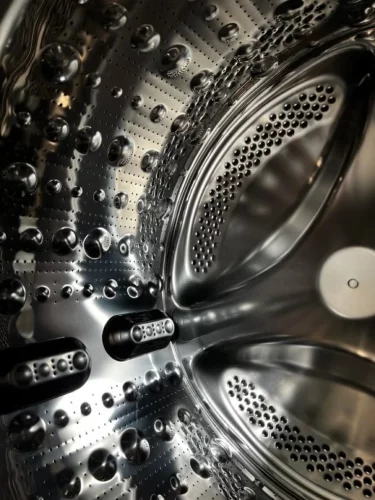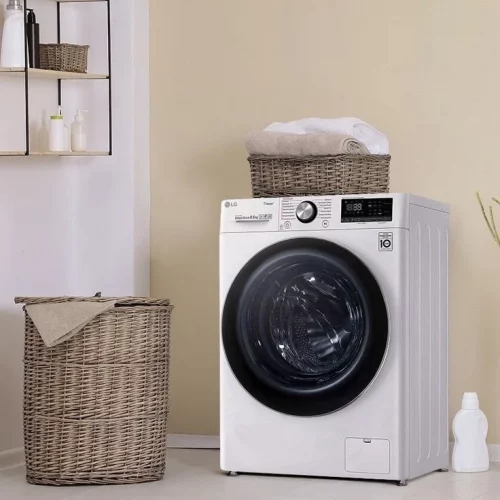Loading your washing machine the right way is key to getting your clothes cleaner, making sure your appliance runs efficiently, and avoiding unnecessary wear and tear. It’s easy to make mistakes that can lead to subpar cleaning, wasted detergent, or even damage to your machine. Whether you have a top-load or front-load washer, understanding the right way to load can help optimize its performance and extend its lifespan.
Understanding Different Types of Washing Machines
Top-load machines come in two main types: those with agitators and those with impellers. Agitators are the traditional type with a central post that twists back and forth, moving the clothes. Impellers, on the other hand, use a low-profile cone at the bottom of the washer to move clothes through the water. The key with both is to evenly distribute clothes around the drum to ensure balanced operation and effective cleaning.
Front-load washers work differently. They rely on the tumbling action facilitated by drum rotation to clean clothes. These machines need careful loading to avoid overpacking. This ensures there’s enough room for water and detergent to circulate effectively.

How to Load Your Washing Machine Like a Pro
Start by sorting your laundry. This isn’t just about separating darks from lights; you should also consider fabric type and soil level. Delicate items should be washed separately from heavier items like towels and jeans to prevent damage.
Always check the care labels on your clothes before throwing them in the wash. These labels provide essential information about water temperature and washing settings that are safe for different fabrics.
Pre-treat any stains by applying a stain remover or a bit of detergent directly to the affected area. This can make a big difference in the outcome of your wash.
When loading, for top-loaders, make sure clothes are evenly placed around the agitator or impeller. For front-loaders, avoid overstuffing the drum to allow water and detergent to move freely. Also, place bulky items like blankets in the drum in a way that prevents them from causing imbalances.
Use the right amount of detergent. Overdoing it can lead to buildup and mold growth, while too little won’t get your clothes clean. If you have a high-efficiency washer, be sure to use high-efficiency detergent to prevent excessive suds.
Select the appropriate wash cycle and water temperature based on what you’re washing. Use cooler water for delicate and brightly colored items to prevent fading and shrinkage, and hotter water for heavily soiled items to better tackle dirt and bacteria.

Mistakes to Avoid
Common mistakes include overloading the washer, which hampers cleaning efficiency and strains the machine, and underloading, which wastes water and energy. Also, uneven loading can lead to noisy wash cycles and potential damage.
Using too much detergent is a frequent error that not only affects your machine’s efficiency but can also leave residue on your clothes. Additionally, delicate items should always be placed in a mesh laundry bag to protect them from snagging and tearing.
The Benefits of Proper Loading
Properly loading your machine doesn’t just clean your clothes more effectively—it also extends the lifespan of your appliance and saves on energy and water costs. It means fewer service calls and less frequent repairs.
Maintaining Your Washing Machine
To keep your washer in top condition, clean the drum and detergent dispensers regularly. If you have a front-loader, wipe down the rubber door seal to prevent mold. Inspect and replace hoses periodically and leave the door open after use to let the interior dry out.
Scheduled maintenance by a professional can also keep your machine running smoothly if you encounter frequent problems.
By mastering the art of loading your washing machine and understanding how to maintain it, you can enjoy fresher clothes, a more efficient appliance, and avoid the hassle of frequent repairs. If you need expert help, don’t hesitate to call a professional appliance repair service like Solo Appliance Repair.




